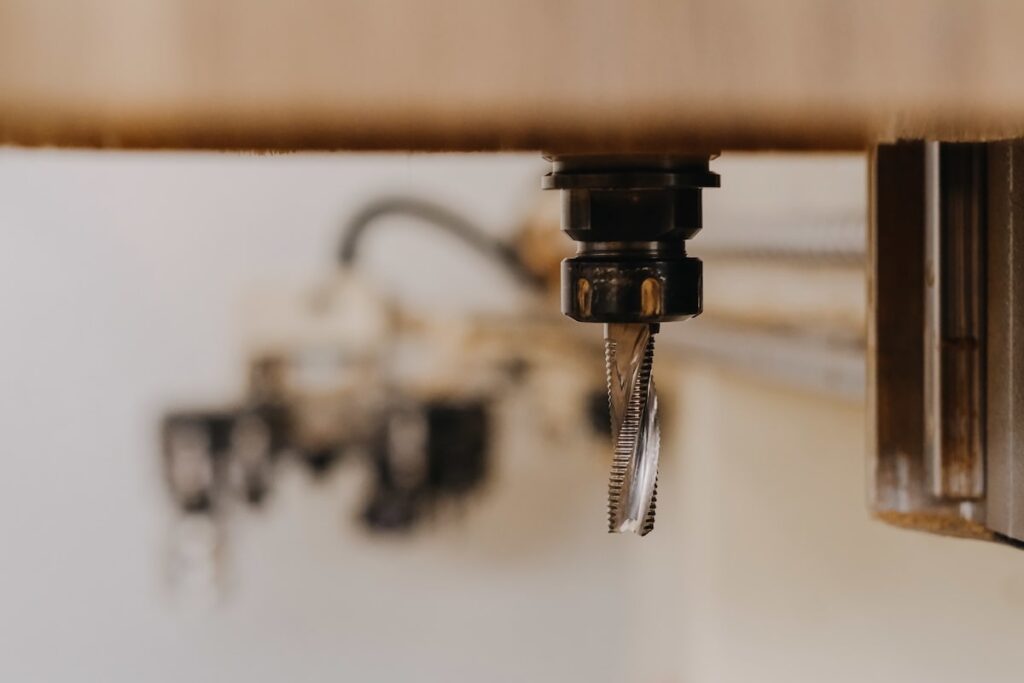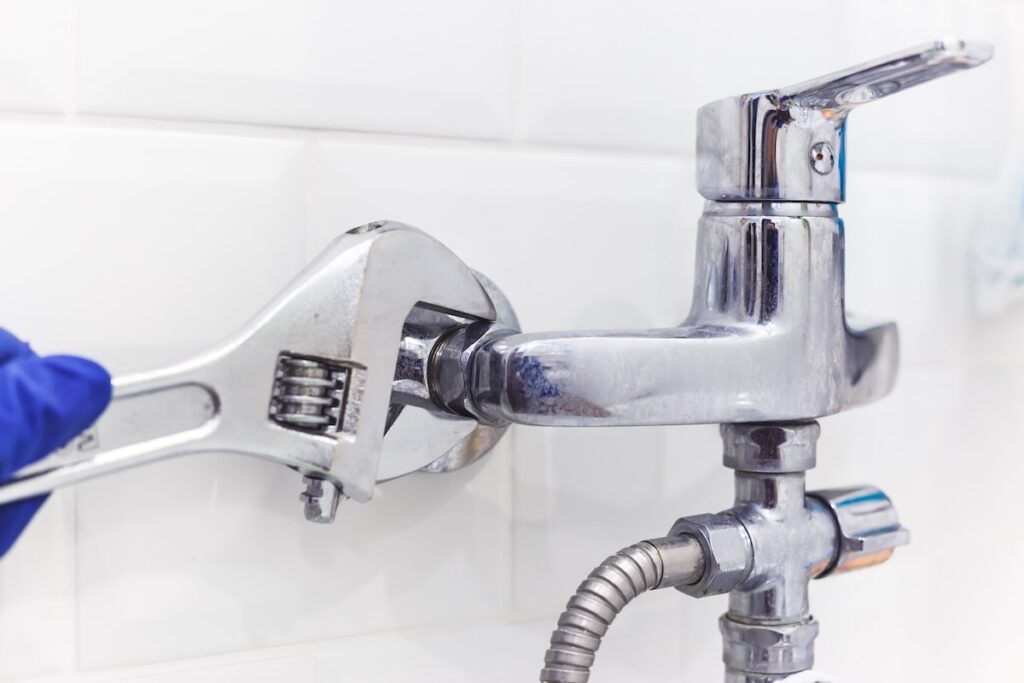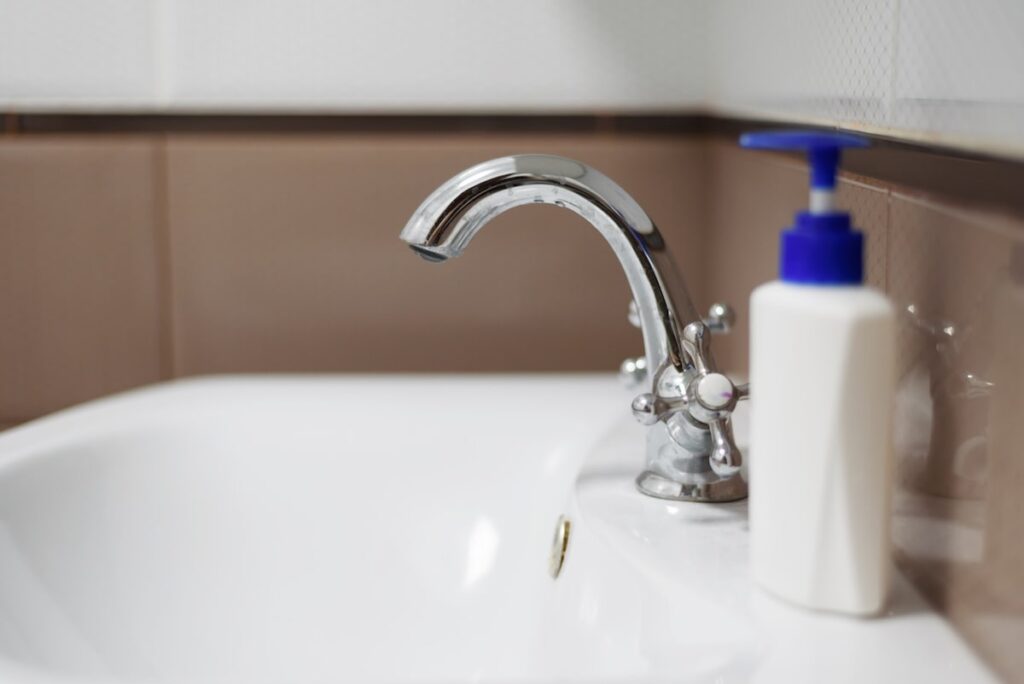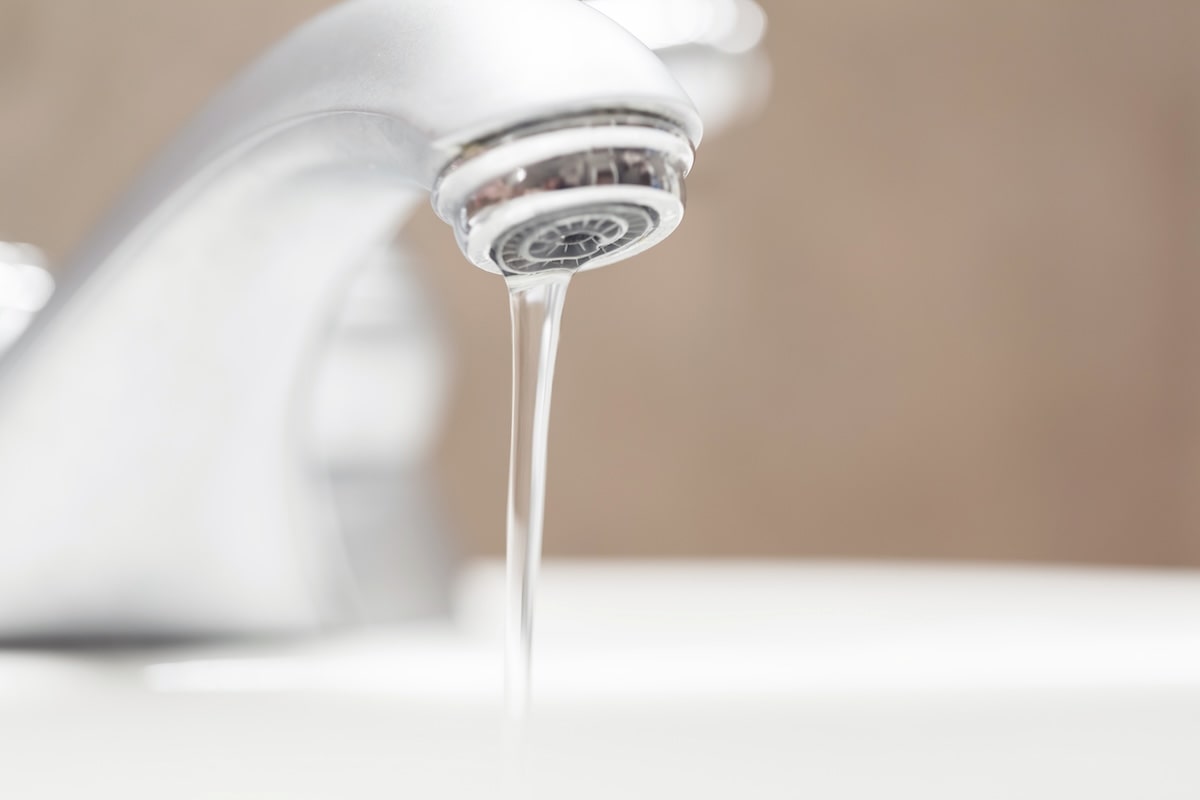A leaky faucet handle might seem like a minor household inconvenience, but it can quickly become a gateway to bigger problems. That persistent drip isn’t just wasting water—it could be signaling pipe issues, corroded components, or even a hidden water leak. Over time, even a small leak can lead to costly water damage and necessitate full-scale property restoration.
At DKI – Central Alberta, we know that timely repair and maintenance can prevent the need for disaster restoration services. Whether you’re in Red Deer, Lacombe, Sylvan Lake, Stettler, Bowden, or Penhold, it pays to know how to deal with a leaky faucet before it spirals into something worse.
In this in-depth 2025 guide, we’ll walk you through:
- What causes faucet handle leaks
- Signs of a leaking faucet you shouldn’t ignore
- Tools you’ll need to fix a faucet
- Step-by-step instructions to repair your faucet handle
- When to call a property restoration expert
- How ongoing leaks can lead to water and structural damage
- Preventive tips to avoid future faucet issues
Why You Shouldn’t Ignore a Leaky Faucet Handle
Water leaks—no matter how small—should never be ignored. A leaky faucet is more than just a nuisance:
- Wasted Water: A faucet dripping once every second can waste over 3,000 gallons a year.
- Rising Utility Bills: Unnoticed leaks inflate your monthly water bills.
- Mould Growth: Moisture behind cabinets or under sinks creates the perfect environment for mould spores to thrive.
- Structural Damage: If water leaks into your walls, cabinets, or flooring, it can weaken structural components, causing major issues that require professional disaster restoration.
Common Causes of Faucet Handle Leaks

Before grabbing a wrench, it’s essential to understand what might be causing the leak. Here are the most common culprits behind a leaky faucet handle:
1. Worn-Out O-Rings
O-rings are small rubber components inside your faucet handle that create a watertight seal. Over time, they wear out or crack, allowing water to seep through.
2. Corroded Valve Seats
The valve seat connects the faucet to the spout. Mineral deposits from hard water can corrode the seat, leading to leaks.
3. Loose Packing Nuts
The packing nut holds internal components together. If it loosens, water may leak out near the handle when the faucet is on.
4. Damaged Cartridges or Washers
For cartridge or compression faucets, worn-out washers or damaged cartridges can be the reason water leaks around or under the handle.
5. High Water Pressure
Surprisingly, your plumbing system’s pressure could cause or worsen faucet leaks, particularly if seals are already compromised.
Signs of a Faucet Leak You Shouldn’t Ignore
Not all leaks are immediately visible. Watch for these subtle (and not-so-subtle) signs:
- Water pooling at the base of the handle or around the sink
- A musty smell under the sink (sign of mould or mildew)
- Water stains or discoloration on the cabinet base
- Dripping sounds even when the faucet is turned off
- Swollen wood or peeling finishes inside your cabinet
These are red flags that water is escaping somewhere it shouldn’t—and could be damaging your home.
Tools and Materials You’ll Need
Before you begin your repair, gather the following tools and supplies:
- Adjustable wrench
- Flathead screwdriver
- Phillips screwdriver
- Allen wrench (if applicable)
- Replacement O-rings or washers
- Plumber’s grease
- Towels or bucket (to catch water)
- White vinegar (for mineral deposit removal)
- Flashlight (optional)
Step-by-Step Guide: How to Fix a Leaky Faucet Handle

Step 1: Shut Off the Water Supply
Locate the shutoff valves under your sink. Turn the handles clockwise to cut off water to the faucet. Open the faucet to drain any remaining water from the lines.
Step 2: Plug the Drain
Use a sink stopper or rag to block the drain. This prevents small parts from falling in while you’re disassembling the faucet.
Step 3: Remove the Faucet Handle
Depending on your faucet model:
- For screw-on handles: Remove the decorative cap, then use a screwdriver or Allen wrench to remove the handle screw.
- For lever handles: There’s usually a set screw underneath—loosen it to detach the handle.
Set the handle aside carefully.
Step 4: Inspect and Remove the Cartridge or Stem
Now that the handle is off, you’ll see the faucet’s cartridge or stem.
- Use a wrench to loosen and remove the cartridge nut or retaining clip.
- Gently pull out the cartridge or stem.
Inspect the parts for corrosion, cracks, or worn-out washers and O-rings.
Step 5: Replace Damaged Components
If the O-ring or washer is cracked or brittle, replace it. Take the old part to a hardware store to get an exact match.
Before reassembly:
- Clean the valve seat and surrounding area with white vinegar to remove mineral buildup.
- Apply plumber’s grease to the new O-rings or washers to ensure a tight seal and prevent future wear.
Step 6: Reassemble the Faucet
Reinsert the cartridge or stem and tighten the retaining nut or clip.
Reattach the handle, making sure all screws are tight but not over-torqued.
Step 7: Turn the Water Back On and Test
Slowly turn on the shutoff valves. Open the faucet and check for leaks around the handle, base, and spout. Everything should now be dry and working properly.
When a Leaky Faucet Becomes a Bigger Problem
Sometimes, the leak you can see is just the tip of the iceberg.
If your faucet has been leaking for a long time, it may have caused hidden damage behind your walls, beneath your sink, or even in your flooring. This is where DKI – Central Alberta comes in.
Our property restoration experts can help with:
- Assessing water damage inside walls or under cabinets
- Drying and dehumidifying water-affected areas
- Mould remediation in hidden or hard-to-reach spaces
- Rebuilding cabinets or structures weakened by moisture
- Full disaster restoration for major leaks or burst pipes
If you’re in Central Alberta and suspect a hidden water leak, don’t wait. Contact our team to prevent small leaks from becoming costly restoration projects.
How Faucet Leaks Can Lead to Water and Structural Damage

Here’s what can happen if you ignore a leaky faucet for too long:
● Rotting Cabinets and Flooring
Constant exposure to water causes wood to swell, warp, and eventually rot. You might not notice until the base of your cabinet becomes soft or the flooring starts to buckle.
● Mould and Mildew Growth
Moisture trapped in cabinets or drywall is a perfect breeding ground for mould. This poses health risks, especially for people with respiratory conditions.
● Water Stains and Discoloration
Leaks can seep into surrounding drywall, leaving unsightly yellow or brown water stains.
● Structural Weakness
Over time, prolonged exposure to water can weaken your home’s structure, potentially compromising safety and value.
Faucet Maintenance Tips to Prevent Future Leaks
Preventative maintenance is always better than repair. Here’s how to keep your faucet in top shape:
- Check for leaks monthly: Inspect around the handle and base of your faucet.
- Clean aerators and screens: Remove debris that could cause pressure problems.
- Tighten loose parts: Handle screws and packing nuts can come loose over time.
- Replace O-rings annually: Especially in high-use faucets like kitchen or bathroom sinks.
- Address low water pressure: It could be a sign of buildup or internal corrosion.
When to Call DKI – Central Alberta
You’ve tried fixing the leak, but it’s still there. Or maybe you’ve discovered water damage that goes beyond the faucet itself.
Call our team if you notice:
- Soft, swollen, or water-damaged cabinetry
- Persistent musty smells near the sink
- Mould growth in or around your cabinets
- Water stains appearing on ceilings or floors
- Leaks that return shortly after repair
DKI – Central Alberta provides comprehensive property restoration services throughout Red Deer, Lacombe, Sylvan Lake, Stettler, Bowden, Penhold, and surrounding communities. Our team specializes in water and flood damage restoration, mould remediation, and structural repairs resulting from plumbing leaks or disasters.
Final Thoughts
A leaky faucet handle might not seem like a disaster, but it can quickly become one. With just a bit of knowledge and a few basic tools, you can fix most faucet leaks yourself—and prevent the kind of water damage that leads to costly repairs.
However, if the leak has gone unnoticed for too long or if there are signs of hidden damage, it’s time to call in the experts. DKI – Central Alberta is here to help with everything from water leak assessments to full-scale property restoration services.

